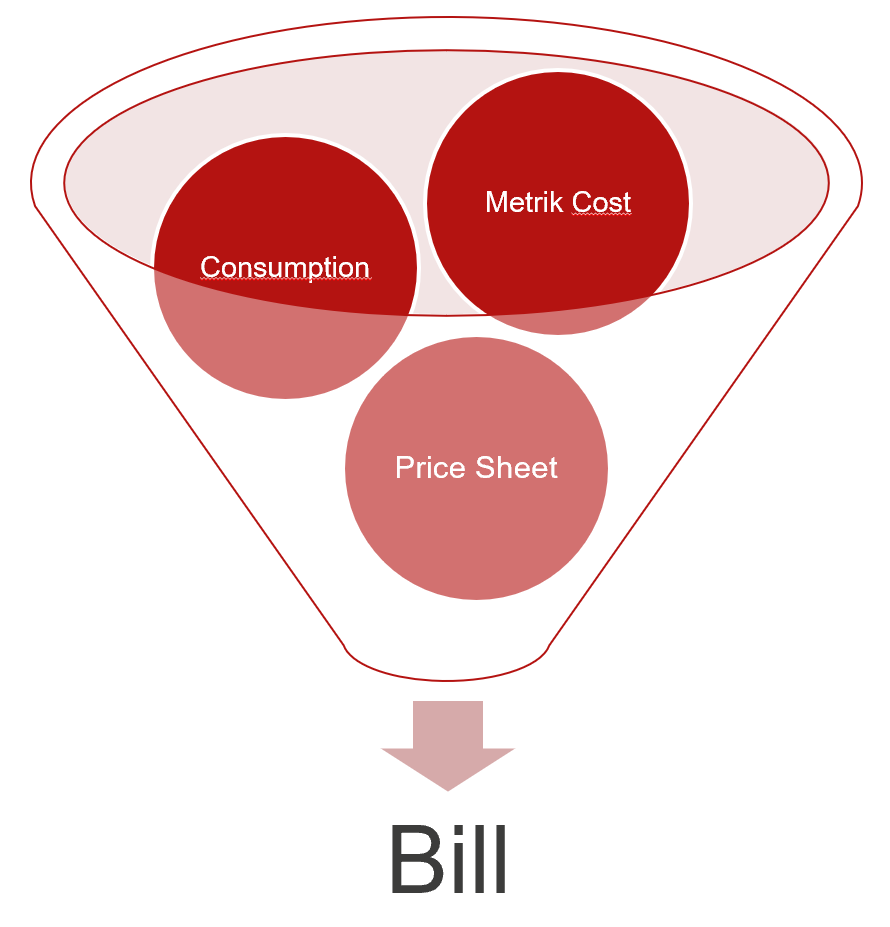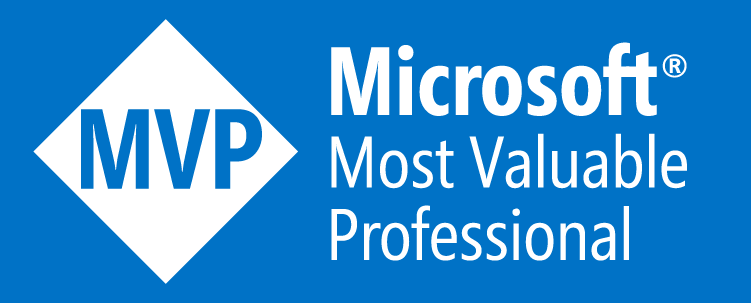It’s time again for a blog series…practically taken from the daily requests in my professional life: Azure Reservations
This becomes the 6-part ARS – Azure Reservations series.
Why a series on Azure Reservations
The argument that cloud computing is too expensive holds true at almost every corner. In some cases this is true, although a pure cost comparison is not nearly fair. Those who rely on cloud solutions receive much more than just paid services. In addition to the VM you pay for every minute, you get highly secure, high-performance and professionally operated data centers. A selection of services that you could never imagine in your own data center and the ability to turn off the cost at any time.
Therefore comparisons between on-premises and cloud should not only be based on costs, but should rather consider the whole package….or how is your DDoS protection in your own datacenter 🙂
So why a series about Azure Reservations? … Quite simple … this is one of the best ways to save costs. That’s why service providers, distributors and anyone who wants to make you cloud appealing will only count on prices with Azure Reservations.
But to be able to judge this fairly, you have to understand how these reservations work. This is exactly where I encounter a lot of misconceptions and prejudices in the numerous customer appointments. This is what this series is supposed to do away with!
Basics – Azure costs
Before you start to discuss reservations in Azure, you should first understand the basic components of costs in Azure…it will be fun for the first time…
AAzure basically knows a term for the use of resources in Azure: “Consumption” (also Consumed Quantity). For each resource, a metric is used to measure which consumptions have been incurred. When operating a normal VM, for example, several resources are used and therefore several metrics are counted:
- Compute hours
- IP address hours
- Outbound data transfer
- Incoming data transfer
- Premium Managed Disk
- …
each of these metrics is assigned a price in Azure. Both together are stored in Azure’s metrics system.
Take a look into the Azure Consumption API, then you will find the Usage Detail API. This API gives the consumption per metric per resource for each day. So you can imagine that this will be an extensive data collection.
Together with the information from the Price Sheet API (for Enterprise Customers), which captures customer-specific costs per metric, the total cost can then be calculated.
For non-EA customers, the standard rate or a rate of a CSP partner will be charged.
Costs therefore require that the use of individual resources is measured, that this use is combined with a price sheet and that an invoice is created from this.
Next Part
In the next part we take a look at the basics of Azure Reservations.
Next Part (tomorrow): ARS 2/6 – Azure Reservations Basics
Disclaimer
This article is based on my current knowledge as of February 2019. All information is subject to change without notice…especially as the rules of the game can change at any time and there is a possibility that I have misunderstood or overlooked something … If this is the case, I would be happy if you add it to the comments.
Related
Dieser Post ist auch verfügbar auf:
 German
German





1 Comment
[…] Part 1 – ARS 1/6 – Azure Reservations Series – Intro […]